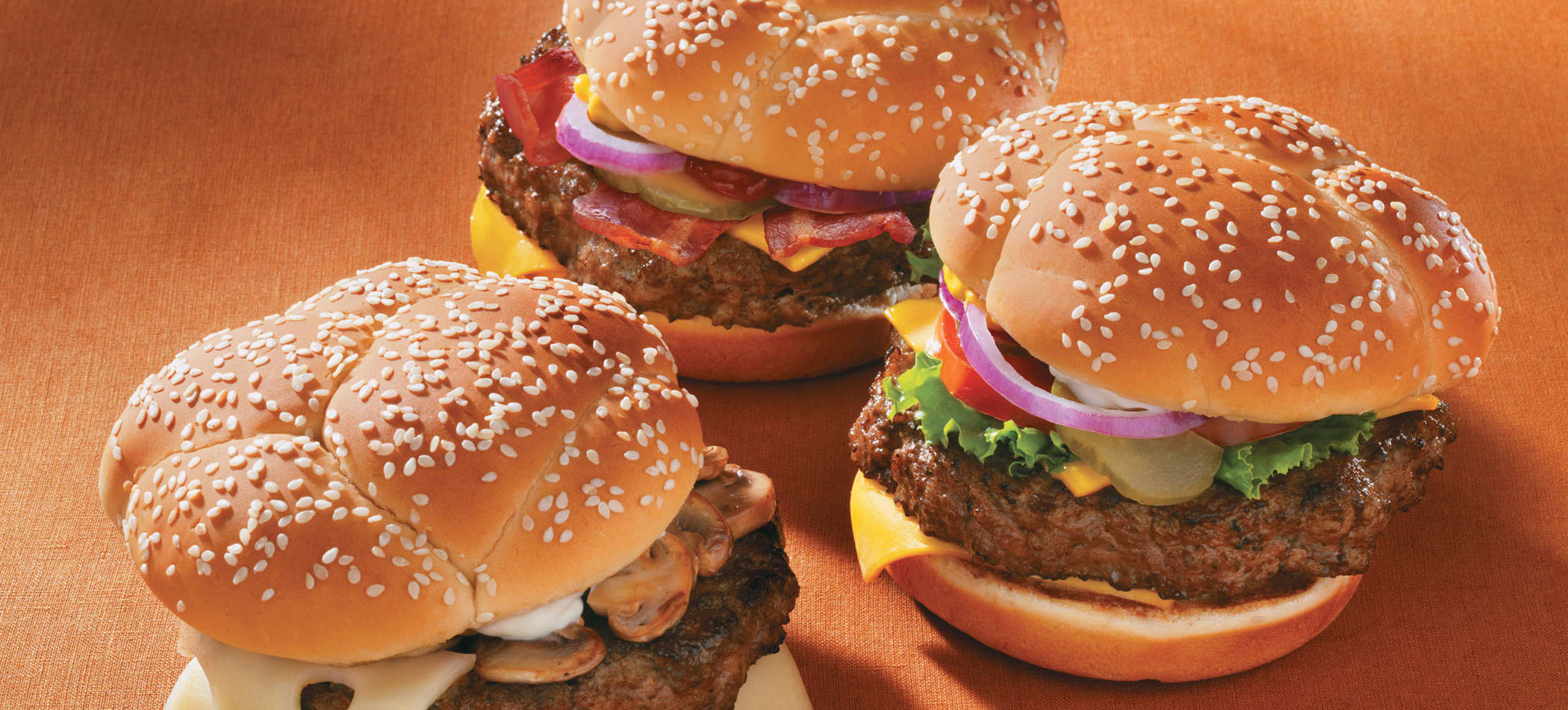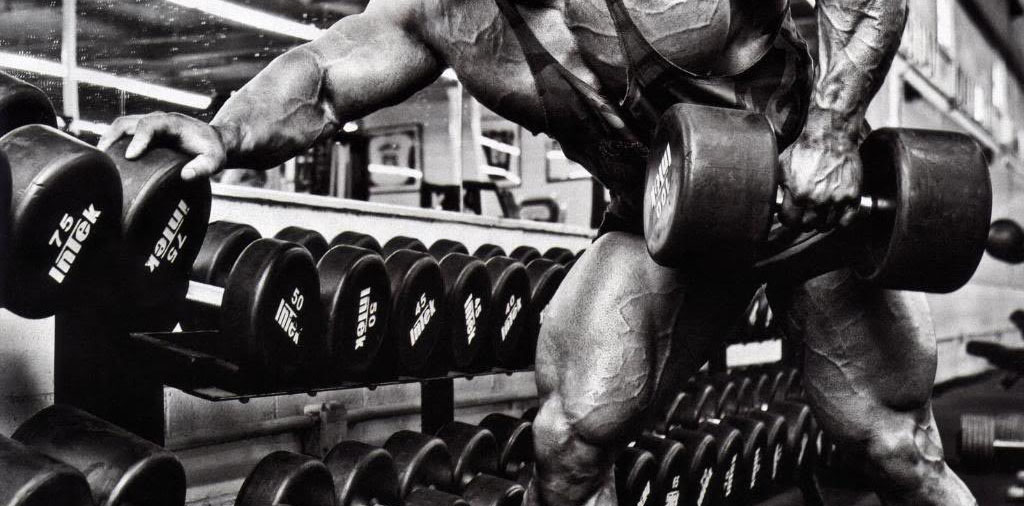Gentlemen, summer is almost upon us. It’s time to make our bodies presentable. Time to shred off fat and display the masculine physique you have built that lies underneath. At a lower level of body-fat, all of the muscle you currently possess will be ever more apparent. It is not uncommon to look 10-20 pounds bigger by losing a little weight.
In this article I will explain the basics of cutting fat, with the focus being on maintaining muscle throughout the process. Anyone can lose a bunch of weight—the tricky part is maintaining your hard earned muscle in the process. Luckily it is just a two-step procedure that can be efficiently implemented:
Cutting Fat (But Not Muscle) = Losing Weight + Maintaining Strength
Losing Weight
Changes in weight are a result of energy balance—if you burn more calories than you consume you will lose weight (1). This is known as The Law of Thermodynamics, and there are 2 basic approaches to accomplishing this:
1. Burn more calories.
This can be done several different ways. Most people think cardio is the only way, but it is not. It does accomplish the goal, but it is important to recognize the alternatives. For example, by simply moving more over the course of the day you will burn more calories. Walk instead of driving, take the stairs instead of the elevator, engage in more active hobbies, etc. Personally I love to play basketball and ride my bike, so I will simply engage in these activities with far more frequency when I am trying to cut weight.
2. Eat less.
This approach is arguably more effective. Most people grossly overestimate the number of calories burned through exercise. A recent study shows that running one mile yields a net caloric burn of just 100 calories (2). That is not much. If you run 3 miles during a session of exercise that yields 300 calories burned. Not bad, but the same effect is achieved by eating 300 calories less – something that requires less effort than 30 minutes of running.
The most effective route is to combine both 1 and 2, which is what I do and wholeheartedly recommend. Use this calculator to approximate how many calories you should eat daily to lose 1 pound per week (enter your stats and select the moderate weight loss option). Then incorporate some aerobic exercise as well, if you wish.
Now you should be losing 1 to 1.5 pounds per week. Why only 1.5 pounds per week you ask? The truth is more is possible but not recommended, as you will start to sacrifice muscle in the process. Not to mention fatigue, constipation, nausea, and diarrhea are side effects of extreme rates of weight loss (3).
Protein
One dietary consideration you should pay attention to is protein intake. While protein is an important factor for your body at all times, as it is responsible for repairing cells and creating new ones, it becomes even more important during a period of weight loss (if you are interested in preserving your muscle, that is) (4). This is because protein is muscle sparing—higher protein intake has been shown to assist your body in remaining anti-catabolic by maintaining a positive nitrogen balance (5). Positive nitrogen balance is found during periods of growth and repair.
What this means for you is eat sufficient protein. I know a lot of numbers get thrown around for what exactly that entails, but current studies suggest that strength athletes should consume roughly 0.8 grams per pound (1.75 g/kg) of bodyweight per day (6). And I agree. It is a good deal of protein, but not a number so ridiculous that you need to plan the entire day around it. If you cannot achieve this number by chowing down some meat the old fashion way, then one protein shake a day (30-35 grams of protein if made with milk) will make hitting this target far easier.
Maintaining Strength
The second component of effective fat loss is maintaining strength. This is necessary because our bodies must adapt to the demands they are placed under. This principle is known as the General Adaptation Syndrome, and it means that when we place our muscles under sufficient stress, our bodies will be forced to retain them, or even spur them to grow (7).
In the case of weight loss I believe sufficient stress can be defined as using the same amount of weight and repetitions for your exercises as before you began to lose weight (or more, if possible). If this is done correctly, the majority of the lost weight will be fat, while most muscle is spared. If you neglect this fact and avoid weight training at a high intensity, you will lose significant portions of muscle along with fat during a period of weight loss (8).
However, energy levels tend will be lower during a period of weight loss. This is because your body has fewer calories to work with – literally less energy. And so training volume should drop to reflect this. I suggest weight training about 3 times per week, and performing fewer sets than normal during these sessions. But remember—you must maintain intensity (repetitions and weight).
Conclusion
Move more, eat less, and lift weights to lose fat but maintain your muscle mass.
Read More: All Girls Like Muscular Guys
References:
1. Faires VM. Thermodynamics. New York, NY: Macmillan, 1967.
2. Cameron et al. Energy Expenditure of Walking and Running. Medicine & Science in Sport & Exercise, Dec. 2004.
3. Heymsfield SB, van Mierlo CAJ, van der Knaap HCM, Heo M, Frier HI. Wright Management using a meal replacement stategy: meta and pooling analysis from six studies. International Journal of Obesity and Related Metabolic Disorders 2003;27:537-549.
4. Shils ME, Young VR. Modern Nutrition in Health and Disease, 7th ed. Philadelphia, PA: Lea & Febiger, 1988.
5. Meckling, Kelly A. Meckling KA, and Rachel Sherfey R. Sherfey. A randomized trial of a hypocaloric high-protein diet, with and without exercise, on weight loss, fitness, and markers of the Metabolic Syndrome in overweight and obese women. Applied physiology, nutrition, and metabolism 32.4 (2007): 743-752.
6. Lemon PW. Protein and amino acid needs of the strength athlete. International Journal of Sports Nutrition 1991;1(2):127-145.
7. Chiu, Loren ZF, and Jacque L. Barnes. The fitness-fatigue model revisited: Implications for planning short-and long-term training. Strength and Conditioning Journal 25.6 (2003): 42-51.
8. Layman, Donald K., et al. “Dietary protein and exercise have additive effects on body composition during weight loss in adult women.” The Journal of nutrition 135.8 (2005): 1903-1910.


